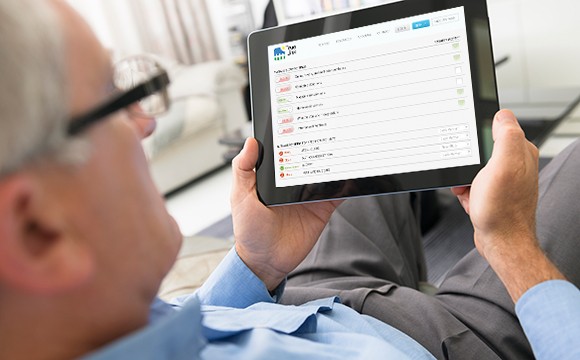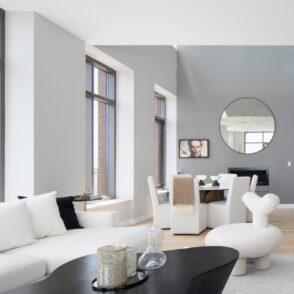The trend of adapting your home as you age, known as aging in place, is gaining attention as the desire to grow older in our current home is most attractive for many of us. According to the U.S. Census Bureau, the population of Americans in the 65 and older group will rise from 35 million people in the year 2000 to more than 73 million in 2030. 80% of older adults today live in their own homes – with more than 46% of the 75 and older group living alone, according to AARP. Therefore, learning which home improvements you can make to age in place is the best place to begin to capitalize on your investment for the long-run.
Aging in place involves changes to your home that create a more safe, usable and convenient space to live in. A person’s ability to get around their home and interact with their environment will ultimately determine their success and satisfaction with aging in place. Proper planning and modifications can allow you to safely maneuver around your home, making minor changes to greatly improve your quality of life.
Grab Bars and Handrails
To prevent falls and better accommodate yourself if you have difficulty walking, you can install grab bars and handrails to help maintain your balance throughout your home.
- Install grab bars with wall reinforcement.
- Do not rely on towel bars or suction cup grab bars, as these cannot support enough weight.
- Dual handrails on both sides of stairs, ramps, and hallways, at height levels that accommodate you best will help you maintain your balance.
- A wainscot trim that come out from the wall and is securely fastened can offer a frame of reference for stability.
Entry Ways
You want to be sure you can move around comfortably and safely from room to room.
- Install easy-open doors with lever handles and viewing panels.
- Install automatic door operators for heavy doors.
- Viewing panels allow users to see inside and outside.
- Use no-step or compressible, rubber thresholds to reduce tripping hazards.
- Thresholds should be no more than 1/2” tall with 1 to 2 max bevel edges.
Technology and Communication
Home automation is another addition that has become increasingly popular to an aging population. Technology and communication systems can help accommodate hearing, visual, or mobility impairments. Many of the features include all-in-one remote controls and smart phone apps that control temperature, light and other elements of the home. These types of repairs or renovations stress the importance of functionality on a population that may have difficulty with mobility. Consider installing the following items to easily get around your home.
Intercoms
- Install and maintain an easy-to-use intercom system connecting rooms throughout the home.
- A visual intercom system accommodates those who may be deaf or hard of hearing and can increase security.
Alert Devices
- Medical alert devices with GPS capabilities allow you to signal the fire department or an EMT if you have an emergency.
Doorbell
- Install a doorbell with a strobe signaler or adjustable volume.
- Redundant cues accommodate those with sight and hearing disabilities.
- Wireless doorbells with a strobe feature can be plugged into an electrical outlet.
As our population ages, the focus will increase on aging in place renovations. The most popular accommodations being made, while minor in many cases, can make any home more comfortable no matter how old you may be.



